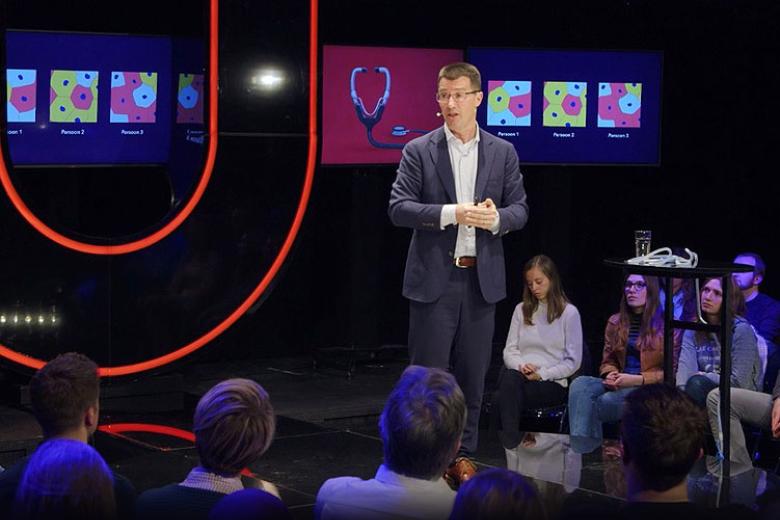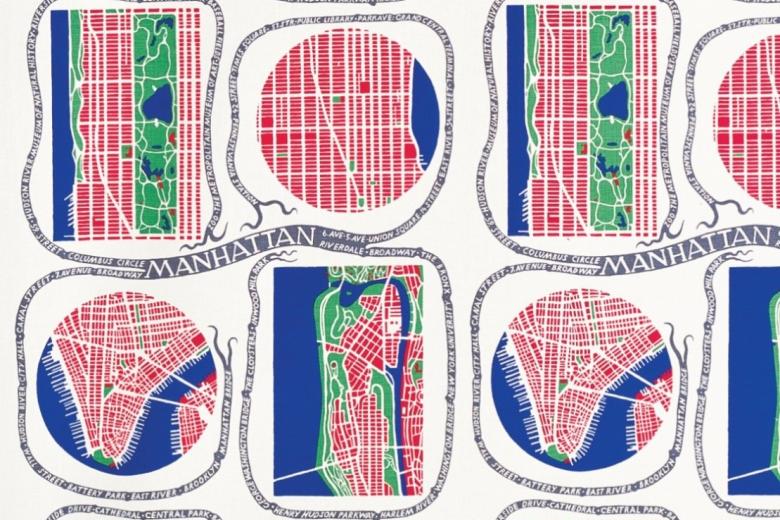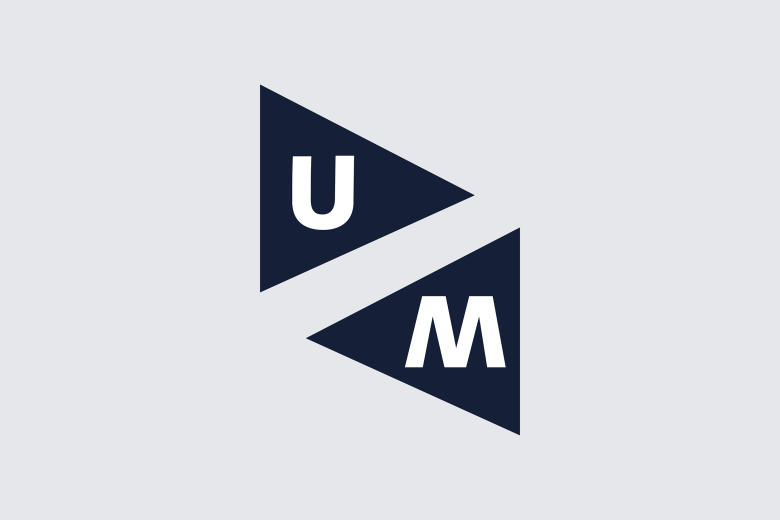
Search results
- 12-10-20_-_maastricht_university_-_engelse_vertaling_-_rvo_proctored_exams_concept_final.pdf (659.92 KB, PDF)… RVO PROCTORING UM Section 1 General provisions Article 1 Applicability These Rules of Procedure apply to all written examinations administered by means of online proctoring through a service. Where applicable, supplementary or different regulations may be appended for examinations administered in computer labs or faculty rooms and for exams conducted with proctoring light. In exceptional circumstances – … access to texts or other (internet) sources with comparable features or functions, the consultation or use of which during the exam is not explicitly permitted. g. The student may not have any ‘wearables’, such as watches, smart watches and/or health-check devices, other than those which are explicitly permitted on an individual basis. h. The student may not have access to a telephone, tablet or other equipment with comparable features or functions, the consultation or use of which during the exam … detail and, if possible, with evidence in the comments box as referred to in Article 6.2, which is available in the Examination System. 6.4 The student is required to follow the instructions in Articles 4.2, 5.9 and 6.1. These include a procedure for checking whether their ICT equipment allows for proctoring. 6.5 The online proctored exam must be started and completed online within the specified period. The official duration of the exam commences at the time that the first question is opened. In …

Promotie Mw. Mirjam Pot, MSc.
“Improving HPV vaccination acceptability by a Web-based tailored intervention”
5 OctHoe weet je binnen 30 minuten zeker dat een tumor echt helemaal weg is?
College Ron Heeren Universiteit van Nederland

- fse-dsai-curriculum-2024-2025.pdf (211.35 KB, PDF)… of human language and machine learning. How can computers acquire, understand and produce language? How can computational methods give us insight into observed human language phenomena? How to make sense of the vast amounts of information available online in free, unstructured form? In this course students will learn how computers can learn useful text/language representations and how different tasks (language modelling, text classification, information extraction, sequence labeling, etc.) can be … Computer programs have difficulty in interpreting the information presented on web pages. The focus on human readable information introduces restrictions on what computer programs can do to support human users in tasks such as: finding information buying goods making travel plans The Semantic Web should eliminate these restrictions by separating the content of what is presented on a web page from the way it is presented. In recent years, the focus has shifted to providing data, independent of … Küppers Teaching methods: Project-Centered Learning Assessment methods: Assignment Software and Systems Verification Full course description Have you ever written a program with a bug in it? Then this course is for you! Software verification tools can check whether your program works by showing that it correctly satisfies its specification, or finds a case in which it can go wrong. Unlike unit testing and other software validation methods, verification tools use formal methods to rigorously prove …
Economic uncertainty and business decisions - what is the link?
In our interconnected global economy, uncertainty is like a tempest that sweeps across financial markets, businesses, and households. It’s that unsettling feeling when you’re unsure about what lies ahead—the fog that obscures the path forward. But what exactly is economic uncertainty, and why does...

Fair Trade Premiums: How Much Reaches the Farmers?
Many of us have purchased fair trade products and paid a premium in hopes of improving the lives of farmers in developing countries. But what effect does this premium we pay in the supermarkets have? And how can we evaluate existing or new policies aimed at raising the income and well-being of...

The ambigous nature of the amended European trademark functionality doctrine
EU trade mark law excludes certain signs from becoming registered trade marks. In particular, shapes cannot be registered if they are necessary for achieving a technical result. In 2015, the amended Regulation broadened this exclusion to ‘another characteristics'. But what is now covered exactly?


